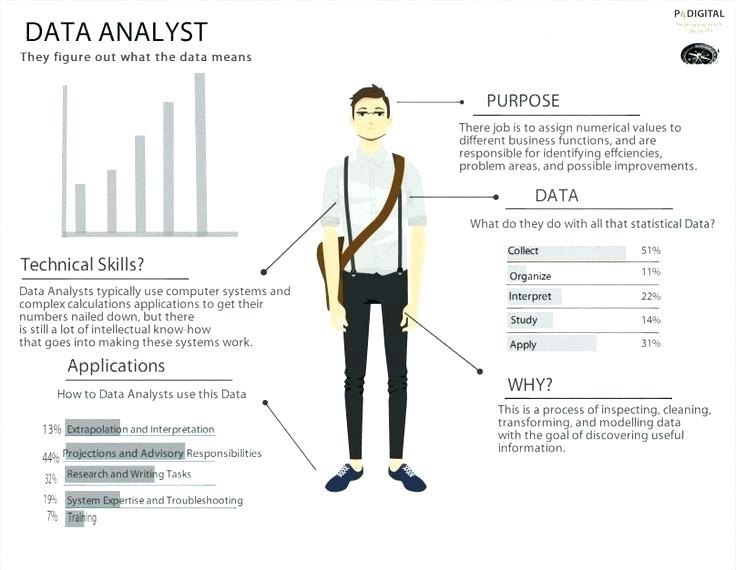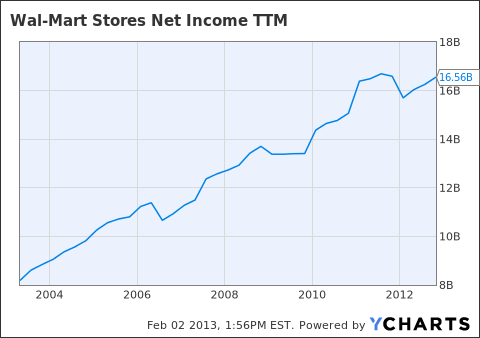Profitability index PI explanation, formula, example, application


If another significant cash outflow occurs elsewhere in the company at date 1, the project 3 may have to be rejected. In other words, we can say that the profitability index fails to handle capital rationing over multiple time periods. MIRR In ExcelMIRR or in excel is an in-build financial function to calculate the MIRR for the cash flows supplied with a period. It takes the initial investment, interest rate and the interest earned from the earned amount and returns the MIRR.
The net present value method will lead to the same decision because the NVP of Project Y of $5,386,887.43 is greater than the NPV of Project Z of $4,643,147.49. Now that we have obtained the PI value for both the projects, let’s look into its application for appraising projects. If we think about Brochure, for instance, the 18 cents means that for every $1 we invest in brochure, we expect to earn 18 cents. Like we said at the start of this article, it’s helpful to know how to calculate the NPV, and we’re going to assume that you’re fairly comfortable with that. Because the NPV / I approach shows us exactly how much money we make for every pound we invest.
- You will see that the PI is more than 1 which indicates that the project is profitable, and you can accept that.
- For instance, Projects with greater cash inflows may result in lower profitability index calculations as the profit margins might not be that high.
- Regardless of the type of business you operate or your industry, generating a profit is critical to growing and expanding.
- In mutually exclusive projects where the initial investments are different, it may not indicate the correct decision.
- The Profitability Index measures the ratio between the present value of future cash flows and the initial investment.
However, when comparing two positive projects, the NPV does not consider the amount tied up in the investment. To more easily illustrate this, use the extreme example of two projects with both having an NPV of $1,000. But, suppose that one has an initial investment of $1,000 and the other has an initial investment of $1,000,000. It is easy to see now with additional information that the lower upfront amount is far better. It divides project capital cash inflows based on projected capital cash outflow.
For more resources, check out our business templates library to download numerous free Excel modeling, PowerPoint presentations, and Word document templates. If the PI is equal to 1, the project breaks even and the company is indifferent between proceeding and not proceeding with the project. If the PI is greater than 1, the project generates value and the company should proceed with the project. You will see that the PI is more than 1 which indicates that the project is profitable, and you can accept that.
What Are Other Names for the Profitability Index?
It takes into consideration all expenses and will provide a figure for how much it’s worth. In the world of finance, one such measure is the profitability index or PI. It is sometimes known as value investment ratio or profit investment ratio . To find the present value of expected cash flows, we need to use the formula above. The profitability index formula runs into the same problems that the NPV does. Suppose that two investments have a NPV of $1000, but one project is for 3 years and the other is for 5 years.
The profitability index requires an estimate of the cost of capital to calculate. Discounted cash flow is a valuation method used to estimate the attractiveness of an investment opportunity. The payback period refers to the amount of time it takes to recover the cost of an investment or how long it takes for an investor to hit breakeven. Where PV is the present value, CF is the cash flow in a given year, r is the discount rate, and n is the number of years. The profitability index is also called the benefit-cost ratio for this reason.

This measure can be used to determine which project should be done. If there are multiple projects, then the project with the highest profitability index should be chosen. This is done when there is limited capital and projects are mutually exclusive.
Step 3. Profitability Index Calculation Analysis
The profitability index can also get referred to as the benefit-cost ratio. Even though some projects have higher net present values, they might not have the highest profitability index. This means it might not be the best way to use your company assets. To find more profitability index formula attractive investments, look for a profitability index that is the highest. This shows that the project will generate value for your business and it can be a good investment. Profitability index does not regard the full scope of a project, e.g., the project size.
It can be helpful to calculate the net present value prior to calculating the profitability index. But, the profitability index can get calculated using the following profitability index formula. The higher a profitability index means a project has benefits and would be considered more attractive. It can be very helpful in ranking potential projects in order to let investors quantify their value. The actual initial investment to execute a project is difficult to estimate.

Anything lower than that is going to indicate that a project’s present value is going to be far less than the initial investment. So, as the profitability index value increases, so will the financial benefits of the potential project. To determine this project’s profitability index, you can input the initial investment cost and the present value given into the PI calculator in simple mode. What conclusion should we have in the light of NPV and PI rules? In the case of limited funds, we should rank projects according to profitability index ratios and not on the basis of their net present values .
Project FinanceProject Finance is long-term debt finance offered for large infrastructure projects depending upon their projected cash flows. Moreover, an investor has to form a Special Purpose Vehicle to acquire the same. Every firm has to make several investment decisions in its life. Investment decisions are the firm’s decision to invest its funds, most efficiently, into long-term assets. The firms do so because it expects the investment to provide them with some benefits over a single or a series of years.
All you need to do is to find out the present value of future cash flows and then divide it by the initial investment of the project. Therefore, the formula divides the present value of the project’s future cash flows by the initial investment. The PI ratio uses discounting, the cash flows are discounted by an appropriate rate of return.
It is easy to see that one would prefer to get their net current value within 3 years than 5 years. Also, this is not a real comparison as there is 2 additional years of using that money, perhaps with a different investment, that isn’t added to the NPV and considered. In other words, there may be a positive IRR and a payback period, while still having a PI less than 1, and a NPV less than $0. The discount rate is an important part of the profitability index calculation.
And lastly, similar story for Catcher; we expect to earn $0.02 for every $1 invested. The projects are divisible, meaning Garch Ltd can invest in parts of a project instead of having to invest fully in a given project. Put differently, you earn a 10th (1/10) of what Project A is offering you on a per pound invested basis.
Then the discounting factor has to be calculated based on the current expected return from an investment of similar risk. Now, using the discounting factor, the present value of the future cash flows from the project can be calculated. A profitability index is a useful tool for companies to help make the best investment decisions.
A ratio of 1 indicates that the present value of the underlying investment just equals its initial cash out outlay and is considered the lowest acceptable number for a proposal. A less than 1 PI ratio means that the project’s present value would not recover its initial investment or cost. Theoretically, it reveals unprofitability of a proposed investment and suggests rejection of the same.
ClearTax serves 1.5+ Million happy customers, 20000+ CAs & tax experts & 10000+ businesses across India. If the value is greater than 1 then, it is considered a good investment. It clearly indicates whether the investment will add positive or negative value. For example, taxes must be considered when determining a profitability index. This is the tax charged by the government on both individuals and corporations. Another type of tax that affects a profitability index is sales tax.
Disadvantages of PI
Our experts suggest the best funds and you can get high returns by investing directly or through SIP. Just upload your form 16, claim your deductions and get your acknowledgment number online. You can efile income tax return on your income from salary, house property, capital gains, business & profession and income from other sources. Further you can also file TDS returns, generate Form-16, use our Tax Calculator software, claim HRA, check refund status and generate rent receipts for Income Tax Filing. It can only be calculated if there is an estimate of the cost of capital.
The discounted projected cash outflows represent the initial capital outlay of a project. The initial investment required is only the cash flow required at the start of the project. All other outlays may occur at any point in the project’s life, and these are factored into the calculation through the use of discounting in the numerator. These additional capital outlays may factor in benefits relating to taxation or depreciation. The profitability index is the ratio between the present value of all future cash flows and the initial cash outflow of the investment.
How Is the Profitability Index Computed?
The internal rate of return is a metric used in capital budgeting to estimate the return of potential investments. When using the profitability index to compare the desirability of projects, it’s essential to consider how the technique disregards project size. Therefore, projects with larger cash inflows may result in lower profitability index calculations because their profit margins are not as high. There is ambiguity in results for mutually exclusive projects if initial investments are different.
At the beginning of the project, the initial investment required for the project is $10,000, and the discounting rate is 10%. But one drawback of the same is that, the technique disregards the project size. For instance, Projects with greater cash inflows may result in lower profitability index calculations as the profit margins might not be that high. In other cases, profitability index calculations are used after the production stage. In this case, they can determine how much money should be spent on advertising.

